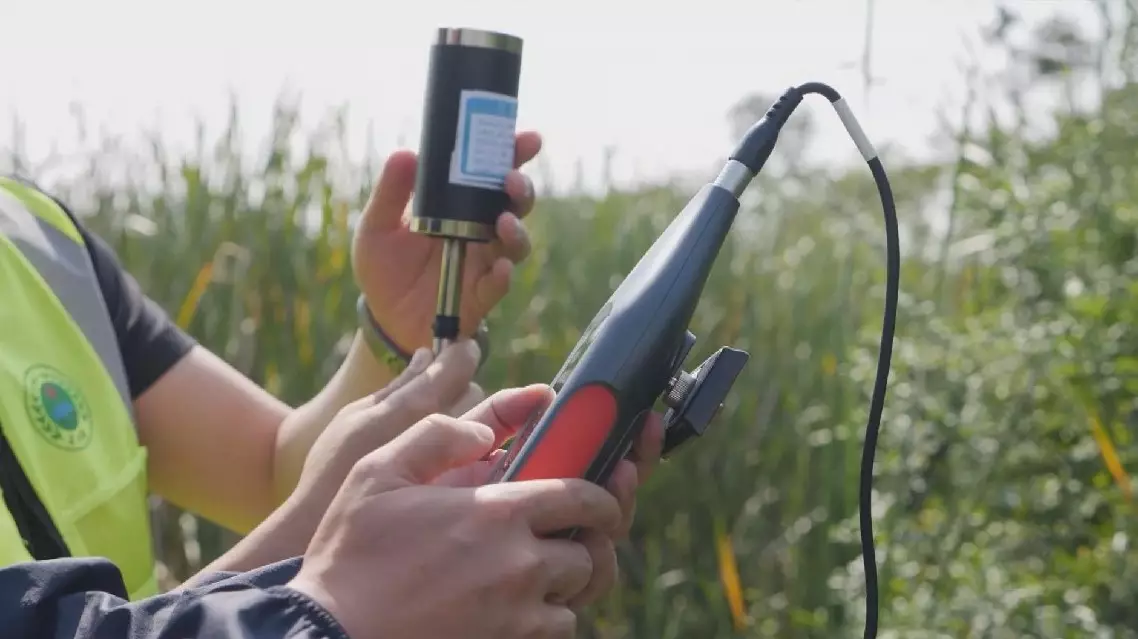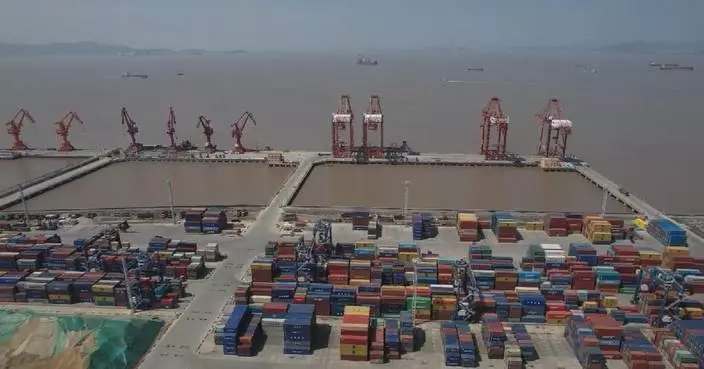The logistics industry in Zhongshan City, a major manufacturing base in south China's Guangdong Province, is expecting considerable reduction of costs after the opening of the Shenzhen-Zhongshan link.
Shenzhen-Zhongshan link is a core transportation hub project in the Guangdong-Hong Kong-Macao Greater Bay Area. It consists of one underwater tunnel, two bridges and two artificial islands, making it one of the most challenging cross-sea cluster projects in the world.
The 24-km-long cross-sea link opened to traffic Sunday afternoon. The travel time between Shenzhen and Zhongshan will be reduced from two hours to approximately 30 minutes.
As a major manufacturing base in Guangdong involving products such as electronics, electric appliances and furniture, Zhongshan City has a huge logistics demand, with many truck drivers transporting relevant products to Shenzhen City over the years.
The drivers used to prepare a bed on their trucks, so that they can take breaks during the long hours of traveling between the two cities.
"One round trip takes at least over seven hours, so basically I spend very short time with my family," said a local driver named Cao Lixian.
Zhongshan's logistics demand has been expanding fast amid the rapid development of its manufacturing sector.
Freight platform data show that monthly freight orders between Zhongshan and Shenzhen have reached nearly 30,000, and each order delivery takes around four hours and costs around 450 yuan on average.
"It is estimated that for each freight order between Shenzhen and Zhongshan, the delivery time will decrease by around one hour and the cost will be reduced by around 20 percent on average (after the opening of the Shenzhen-Zhongshan link). We are handling more than 300,000 freight orders each day on average in the nine inland cities of the Guangdong-Hong Kong-Macao Greater Bay Area, and I believe that the logistics efficiency of the Greater Bay Area will see further overall improvement," said Wang Gong, marketing manager of an online freight platform in Zhongshan.
The Zhongshan-Kaiping Expressway, which is directly connected to the Shenzhen-Zhongshan link, also opened to traffic Sunday afternoon, which will facilitate transport for cities in western Guangdong Province.
"After opening of the two road sections, we will have more options, and I think our cost will be reduced by 20 to 30 percent," said Fei Yongjun, head of a logistics enterprise in Zhongshan.
The Guangdong-Hong Kong-Macao Greater Bay Area, a city cluster, is one of the most open areas in China with economic vitality.
The Greater Bay Area is composed of nine cities in Guangdong Province, namely, Guangzhou, Shenzhen, Zhuhai, Foshan, Huizhou, Dongguan, Zhongshan, Jiangmen and Zhaoqing, and two special administrative regions of Hong Kong and Macao.

Shenzhen-Zhongshan Link to cut logistics costs considerably: enterprises









